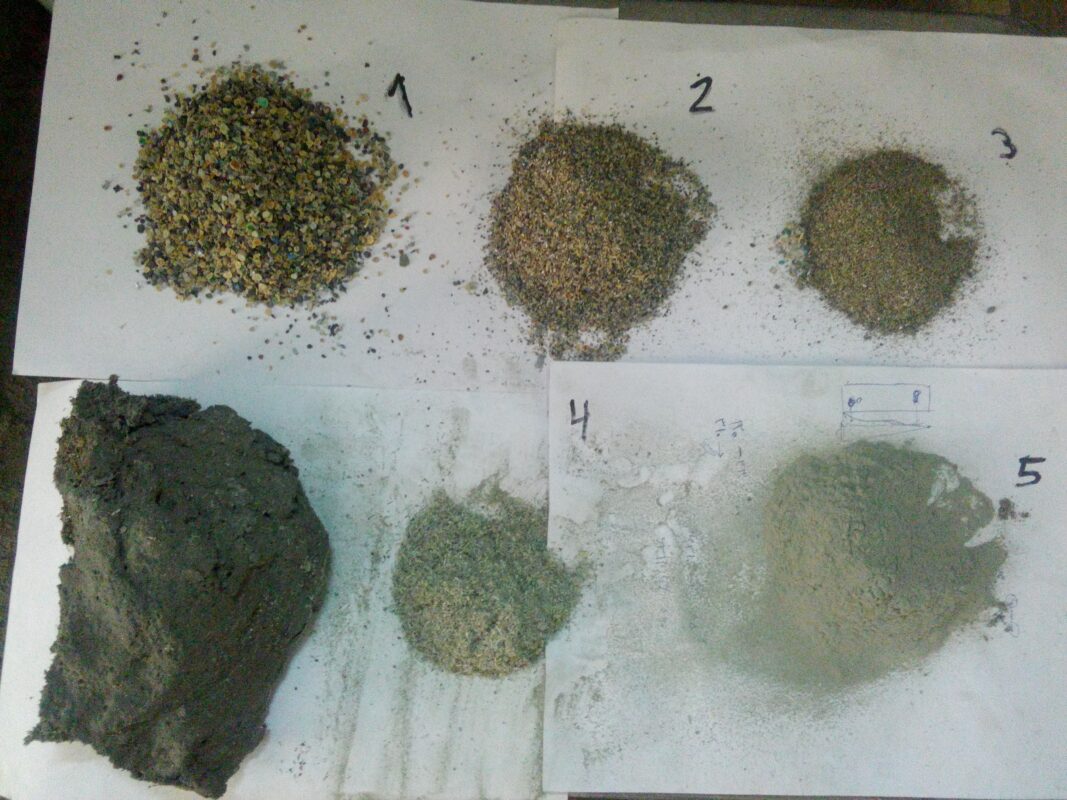The 9th NCC Competition
In summer of 2019, when I was working at the SBKC, we were struggling with problems of e-waste recycling including a pile of chopped glass fiber reinforced epoxy resin (GFRP) as waste. In the meantime, I saw a poster of the 9th National Concrete Competition (NCC) somewhere and I remembered some articles about self-consolidating concrete (SCC) that I had read before.
Therefore, I decided to participate in this competition with the idea of using our waste in making an SCC concrete. After presenting my idea to our company and their acceptance, I started to gather a team to this purpose because I didn’t have enough knowledge about the concrete technology.
Then, we began to develop the idea by reading articles, consulting with experts, doing some experiments, and finally writing a proposal. After testing different types of necessary materials as well as some extras, we found a mixture design containing below materials as the best:
- Portland cement
- Iron making slag powder
- Lime powder, Coarse gravel
- Fine gravel
- Sand
- GFRP powder
- Super plasticizer
- Water
It worth to mention that only in the case of GFRP as a filler in the mixture, we evaluated the effect of various sizes on the final product, as is shown below:
Also, the progress of our work is obvious in these two videos:
However, we faced a problem that was volume expansion of concrete after setting. This event can be seen in this figure:

We didn’t recognize the reason for this issue until the end of the competition when we figured out that it was due to the presence of a little amount of untreated copper powder in waste. This impurity reacts with existing materials in the concrete mixture causing production of gaseous products. After further investigation, we observed the porous structure of concrete produced.
According to the proposed mixture design we succeed to pass the first stage of competition that was refereed based on theoretical aspects and reports quality. Although we didn’t succeed to overcome other competitors in the final stage, it was an excellent opportunity to make some new friends and learn some knowledge in a distinct field.
Indices were considered in the second stage were:
- Efficiency
- Slump
- J-Ring
- Visual Stability
- Average Compressive Strength
- Environment
- Cost
- Durability or Water Absorption
- Time
I’d like to say a thank you to talented engineers Askari and Farjamifar, whom I’m so grateful to meet, as well as my dear friend Eng. Farahani.
*Further Information:
The SCC is the special type of concrete that doesn’t need vibration to flow. In this figure, it must have a low yield stress, high deformability, good segregation resistance, and moderate viscosity.


Leave a Reply